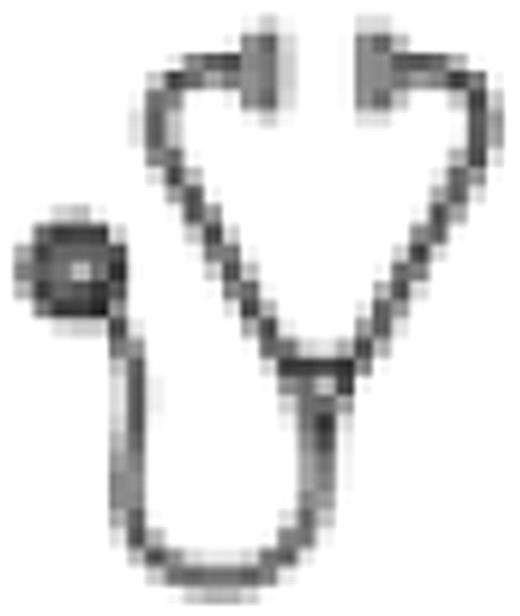Abstract
Congenital neutropenia (CN) is well known as one of the premalignant bone marrow failure syndromes with an overall incidence of secondary leukemia of more than 10 percent. With the identification of new causative gene mutations the number of genetic subgroups is still increasing. Due to the limited patient numbers for each subgroup we re-assessed the incidence and potential risk factors of leukemic transformation in CN patients with known gene mutations in ELANE, HAX1, G6PT, G6PC3, WAS, SBDS, TAZ1 and p14 or no identified mutation, respectively, by analyzing all available data from the European Branch of the Severe Chronic Neutropenia Registry (SCNIR). For comparison we also analyzed patients with cyclic neutropenia (CyN) with or without ELANE mutations.
Results from genetic testing were available for 255 of 336 CN patients. Of the 255 CN patients 71 patients revealed ELANE mutations, 31 HAX1 mutations, 47 SBDS, 18 WAS, 21 G6PT, 9 G6PC3, 4 p14 and 5 TAZ1 mutations. In addition, in 36 patients neither ELANE nor HAX1 mutation was detectable. 81 patients were not tested to date, but further genetic evaluation is not yet completed. Results from genetic testing were also available in 28 of 66 patients with CyN of whom 22 revealed ELANE mutations and 6 were negative for ELANE mutations.
Secondary malignancies occurred in 36 of the 336 CN patients and 1 of the 66 patients with CyN. Leukemia distribution is unequal in genetic subtypes of CN: Patients with ELANE-CN and HAX1-CN and ELANEneg/HAX1neg-CN have the highest risks followed by patients with WAS-CN and Shwachman-Diamond syndrome. Progression to MDS or leukemia has so far not been reported in G6PT, G6PC3, TAZ1 or p14 CN cases in our registry.
All subgroups benefit from G-CSF treatment. However, patients requiring higher maintenance doses of G-CSF are at greater risk of leukemic transformation (Rosenberg, Zeidler et al., 2010).
G-CSF receptor mutations usually occur without additional clinical features, e.g. change in response to G-CSF treatment in different CN subtypes. Mutations can be used as early indicators for the process of malignant transformation.
The incidence of secondary leukemia reflects the heterogeneity of congenital neutropenia ranging between no leukemia and more than 10 percent in patients with an underlying mutations in ELANE, HAX1, WAS or ELANE/HAX1 negative patients. However, patient numbers within each genetic subgroup are still limited.
Despite mutations in the ELANE gene patients with cyclic neutropenia exhibit no increased risk for malignant transformation. Mutational analysis is helpful to identify the genetic cause of severe congenital or cyclic neutropenia but with limited numbers in genetic subgroups still does not serve to identify patients at risk of leukemic transformation. Detection of G-CSF receptor mutations should result in close observation of the patient with consideration of stem cell transplantation as soon as additional aberrations occur.
No relevant conflicts of interest to declare.

This icon denotes a clinically relevant abstract
Author notes
Asterisk with author names denotes non-ASH members.

This feature is available to Subscribers Only
Sign In or Create an Account Close Modal